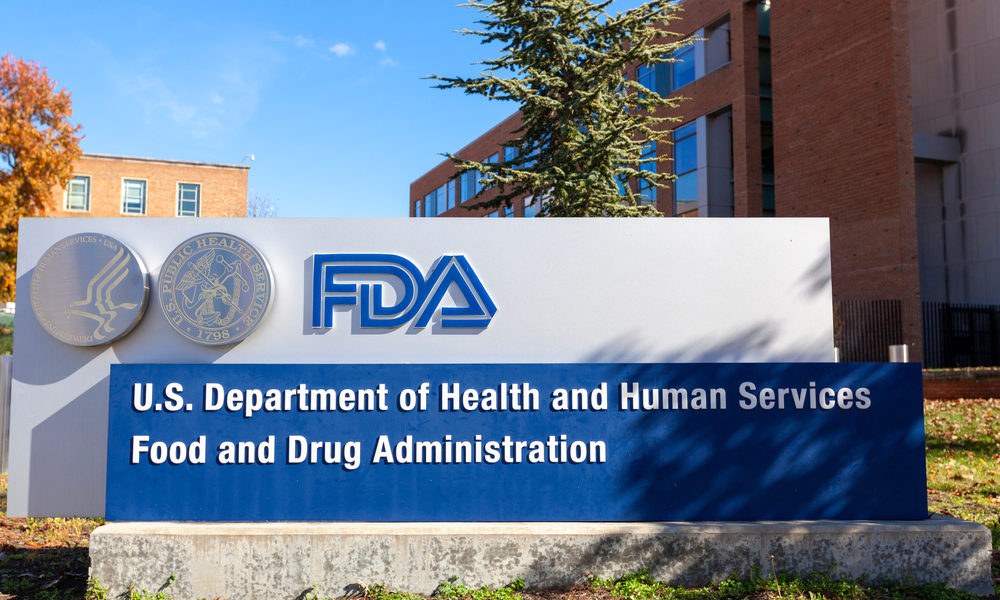On January 23, the U.S. Food & Drug Administration (FDA) released its final guidance document concerning clinical research with cannabis. Within the document, “Cannabis and Cannabis-Derived Compounds: Quality Considerations for Clinical Research, Guidance for Industry,” you’ll find discussions surrounding the following topicals:
- Schedule I sources
- Expectations for investigational new drug (IND) applications
- IND quality consideration guidances
The primary purpose of these guidelines is to have more balance within research going forward. For example, one of the guidelines this document addresses are calculations for delta-9 tetrahydrocannabinol (THC) content within cannabis and cannabis-derived compounds.
“It is critical FDA continues to support robust scientific research needed to develop new drugs from cannabis,” the FDA wrote. “FDA believes the drug development and approval process represents the best way to ensure that safe, effective, and high-quality new medicines, including any drugs derived from cannabis, are available to patients in need of appropriate medical therapy.”
This guidance is furthered with sources of applicable United State Pharmacopeia chapters (namely concerning quality testing) and other relevant recommendations based on the International Council for Harmonization.
While these guidelines are considered “finalized,” there’s a good chance the FDA will continue to elaborate on them. For example, they plan to continue conducting research – namely, in cannabis quality control.
More specifically, they’ve been researching quality standards across different state medical programs and how microorganisms operate within cannabis after being heated in commercial vaping devices.
Controversies Concerning FDA’s New Guidelines
One of the biggest controversies with these guidelines is the fact that cannabis will continue to be viewed as a Schedule I substance. As the Drug Enforcement Agency (DEA) notes:
“The abuse rate is a determinate factor in the scheduling of the drug; for example, Schedule I drugs have a high potential for abuse and the potential to create severe psychological and/or physical dependence.”
Such claims are likely coming from studies revealing the negative effects chronic marijuana use can have on still-developing brains. However, they completely ignore the fact that Schedule I drugs are also perceived to have no medical value. And if the 37 states that have legalized medical cannabis aren’t enough proof that this simply isn’t true, we don’t know what is.
Luckily, the FDA is aware of these changing perceptions and this is part of the reason they’ve developed these new guidelines. As an FDA advisory said:
“There is a significant interest in the development of therapies and other consumer products derived from cannabis and its components, including cannabidiol (CBD). FDA recognizes the potential opportunities that cannabis or cannabis-derived compounds may offer and acknowledge the significant interest in these possibilities.”
They furthered these statements with discussions of the lack of regulations surrounding the cannabis (and CBD) industry. Admittedly, such concerns have remained prominent since the success of legalization. More notably, in some legalized states, we’ve seen batches of contaminated cannabis hit store shelves without customers or retailers noticing the error.
In such cases, there are plenty of risk factors for the general public. Especially those who use cannabis for medical conditions. Again, this is part of the reason these guidelines hold so much significance.
“This guidance outlines FDA’s current thinking on several topics relevant to clinical research related to the development of human drugs containing cannabis or cannabinoid-derived compounds,” the FDA finished up with. “As defined in section 201 (g) of the Federal Food, Drug, and Cosmetic Act (FD&C Act), drug includes any product (other than food) intended to affect the structure or function of the body…The recommendations in this guidance are intended for products that meet the legal definition of a drug under the FD&C Act.”

